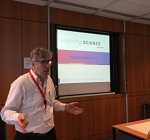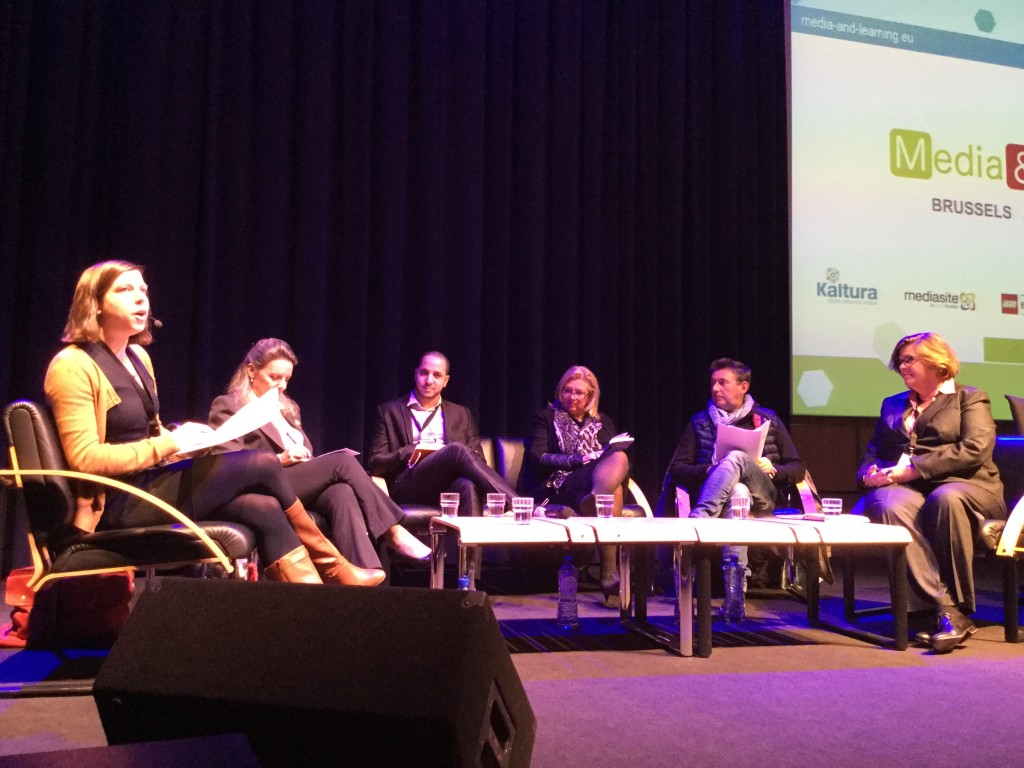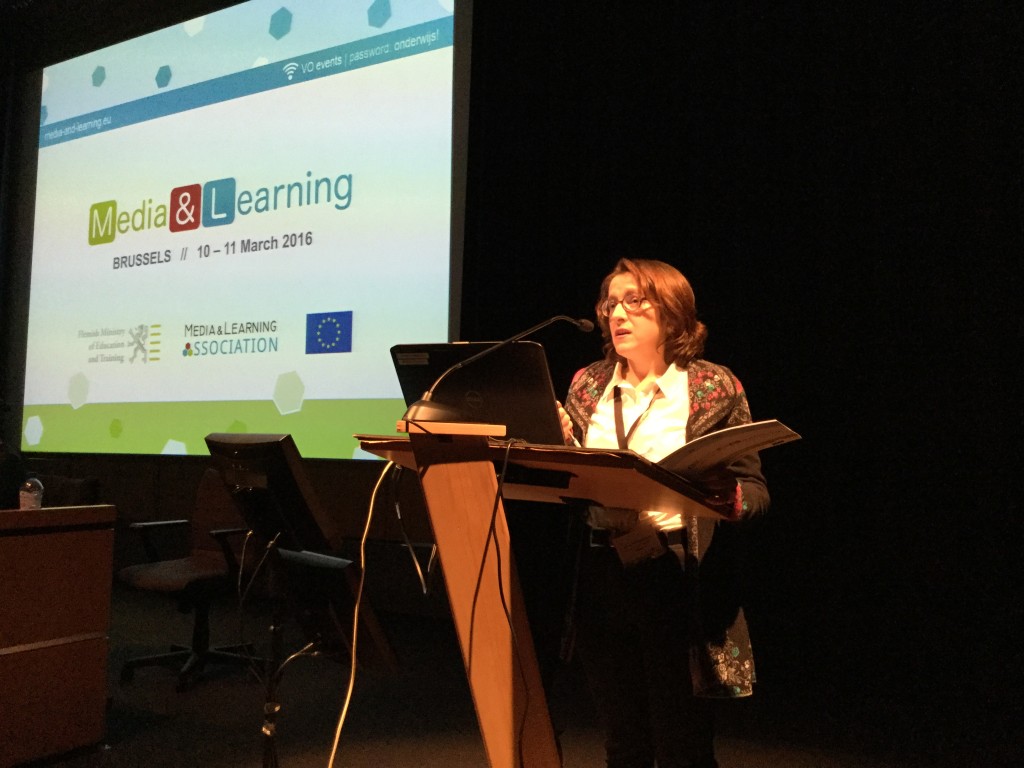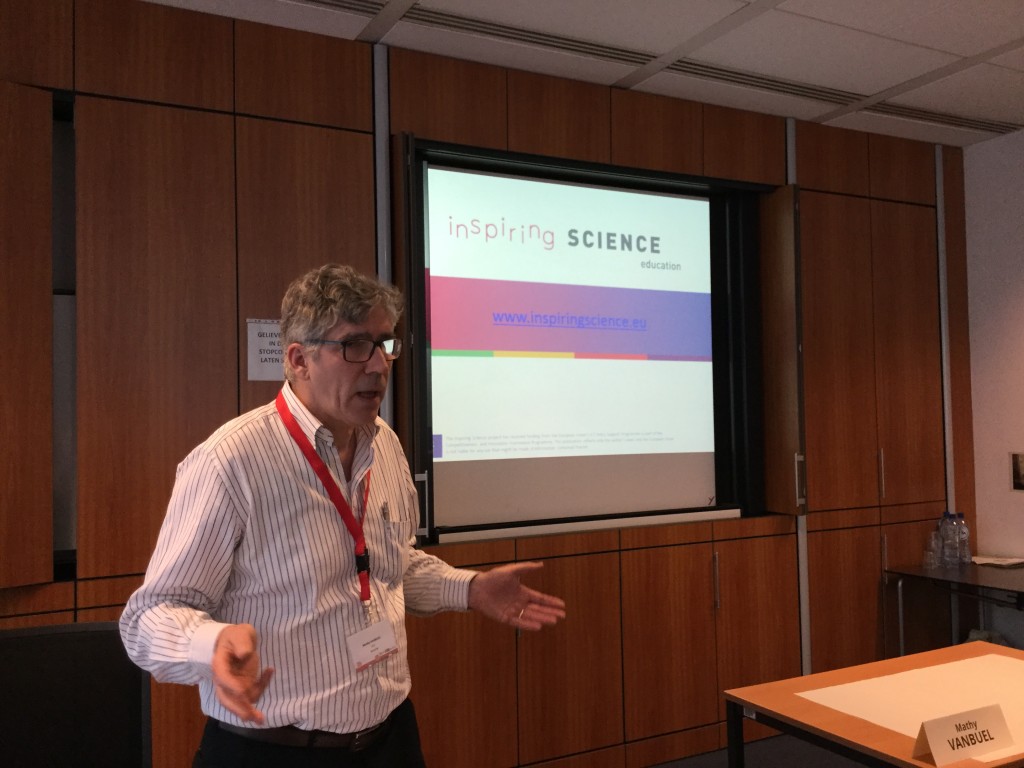Using video on education with a pedagogical approach | Media & Learning Conference 2016 Post 2

Carlos Fernández-Alameda, Brussels, March 2016. In the framework of the Media & Learning Congress, we have discussed the role of technology, creativity, and the necessity of changing the approach: not only searching the right tool, but the right job or task. Also we have talked about project ISE in which UNIR Research (http:research.unir.net) are involved. This project aim to foster the learning of STEM using new technologies that are more engaging for students.
To open the session, Dianna Bannister, from University of Wolverhampton UK, has defended a better use of technologies, for example to give instant feedback and share results from the classroom directly with parents and teachers.

But sometimes, the problem is in the educational system reproducing classical approaches. “We are teaching in an anti-creativity environment, we need a croos-learning environment, where students can learn from each others, and from the teacher” states Gary Jones, from Lego Education.
In the same line, Matt MacCurdy, from Mediasite says that “we need to find the right tool for the right job: a task that allows us to do an active learning”. The use of video or pieces for building a robot, are some examples of this idea according to this keynote speakers.

Using video in the science classroom
Our colleagues from the project ISE (Inspiring Science Education, http://www.inspiringscience.eu), in which UNIR Research –//research.unir.net- takes part leading a 500-school pilot in Spain, has presented his vision about the use of video explaining all the resources the project provides to teachers and students.

Mathy Vanbuel, from ATiT Belgium, has shown a lot of showcases where the video can explain difficult concepts, but also “can be used to start the class, introduce some subject, give some provocative example, organise an activity of observation and analysis, and to engage on learning activities”.
Also, Mathy has underlined that “we are advising teachers on how to use video, from the material needed to basic concepts to record”. Philip Vermeylen, from Rhombus, has added that “it is very important to use applications and videos to interact with the students and to propose challenge to them, ISE provides some very convenient toolkits on this aim”. For example, combining video with temperature and movement sensors.
At last, Philip Vermeylen, from Inspiring Science Education and Rhombus, has explained how to make the most out of Logger Pro software and how to capture good quality video material with simple commonly available devices like smart phones and consumer-level cameras.
